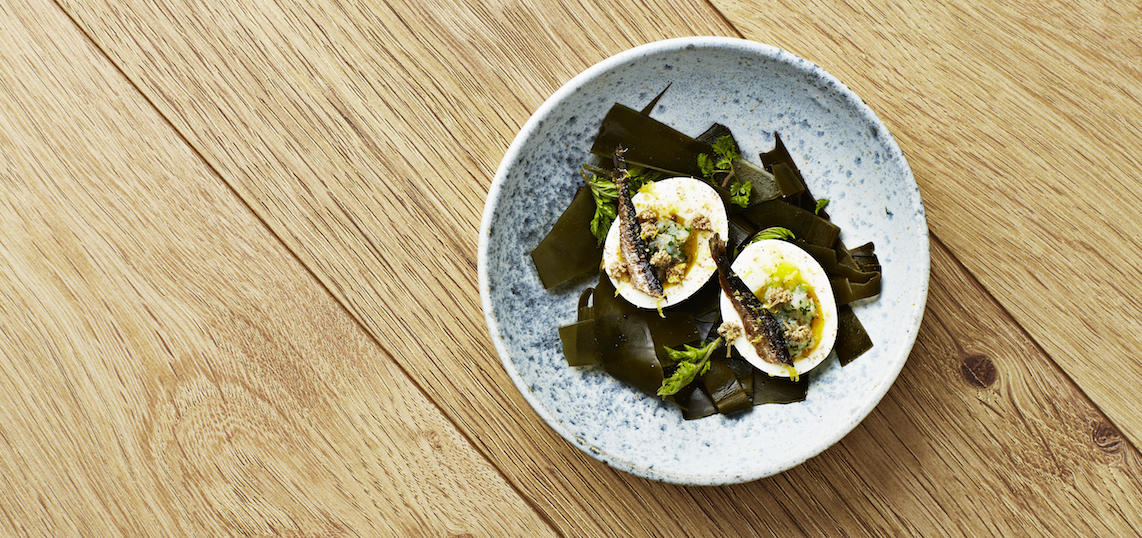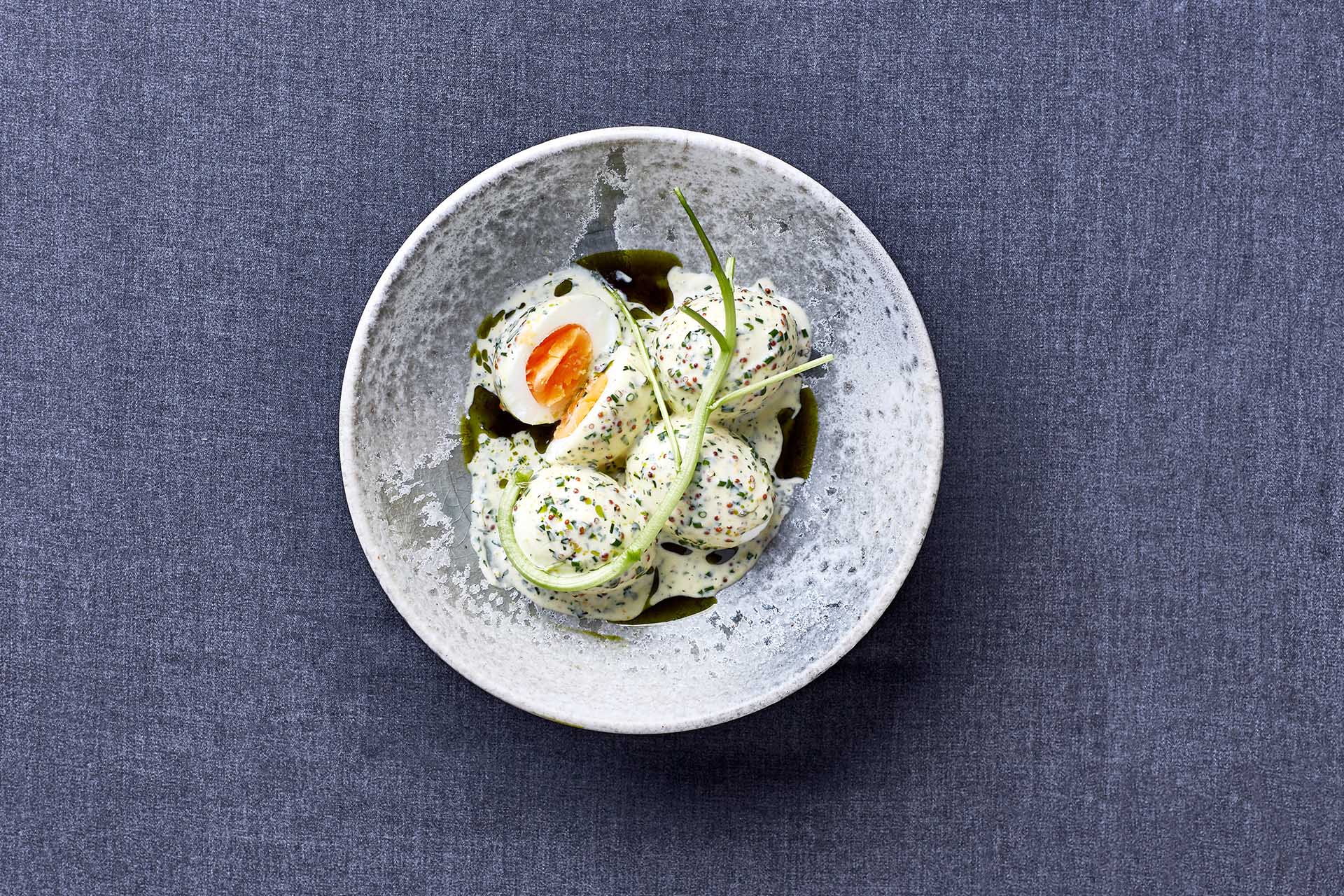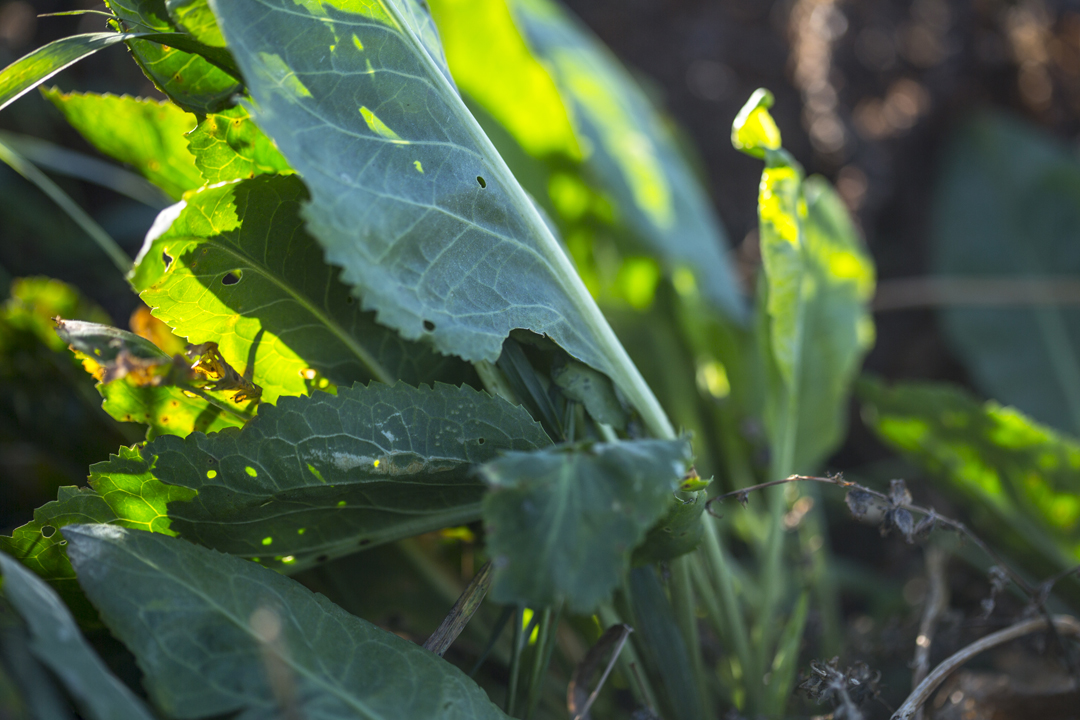
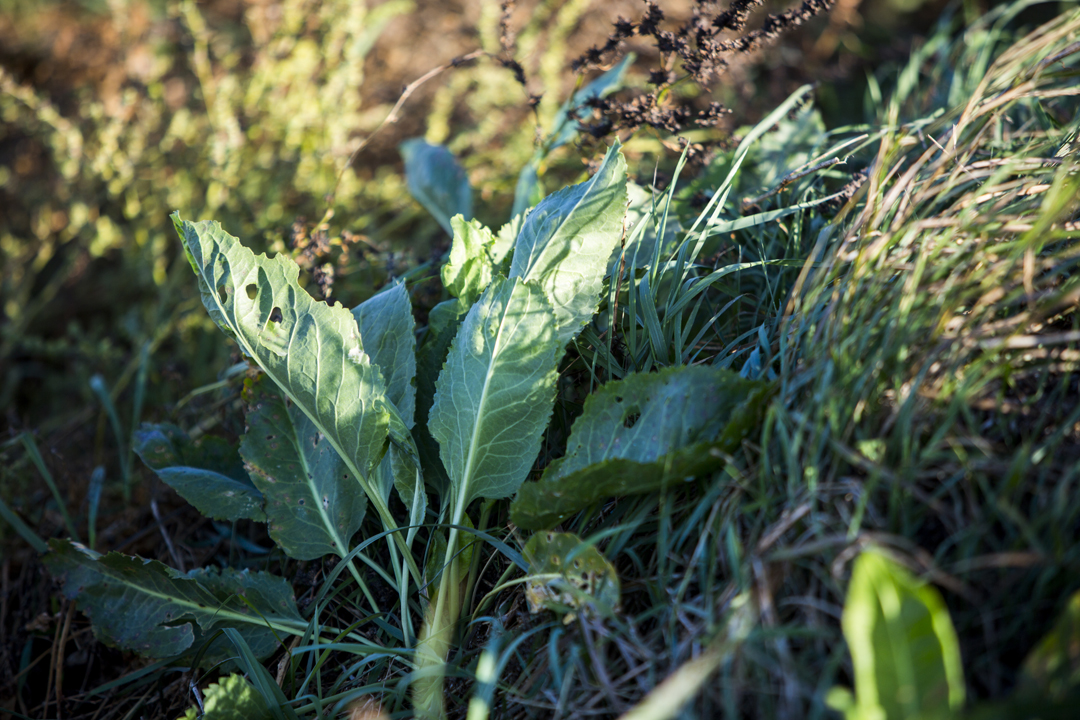
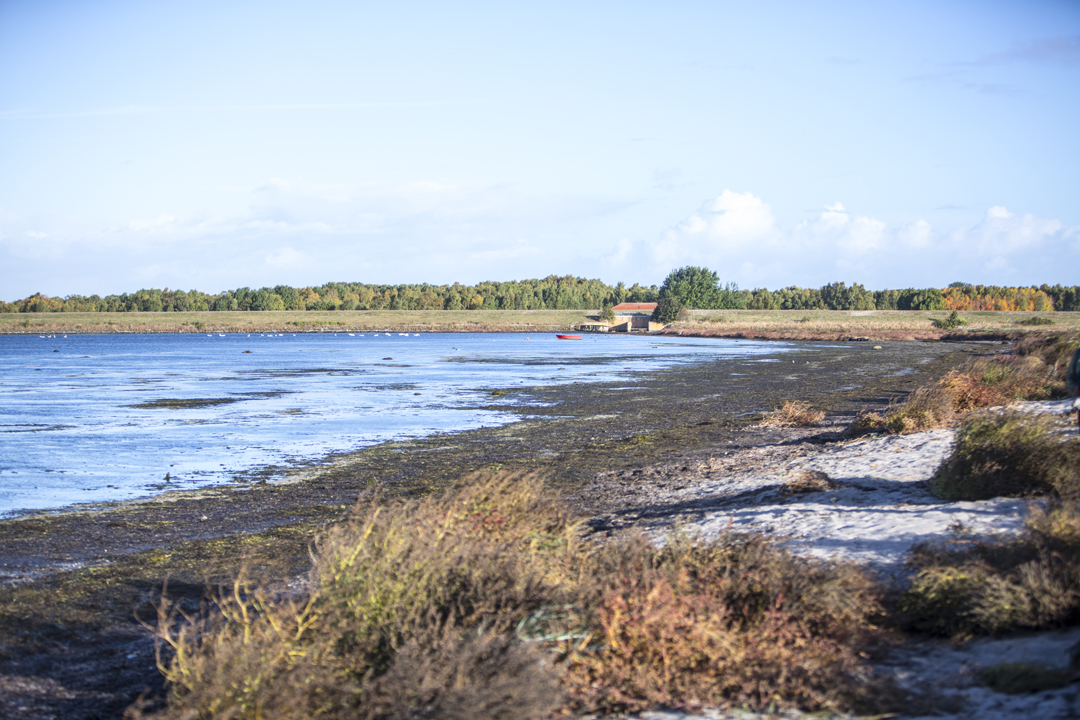
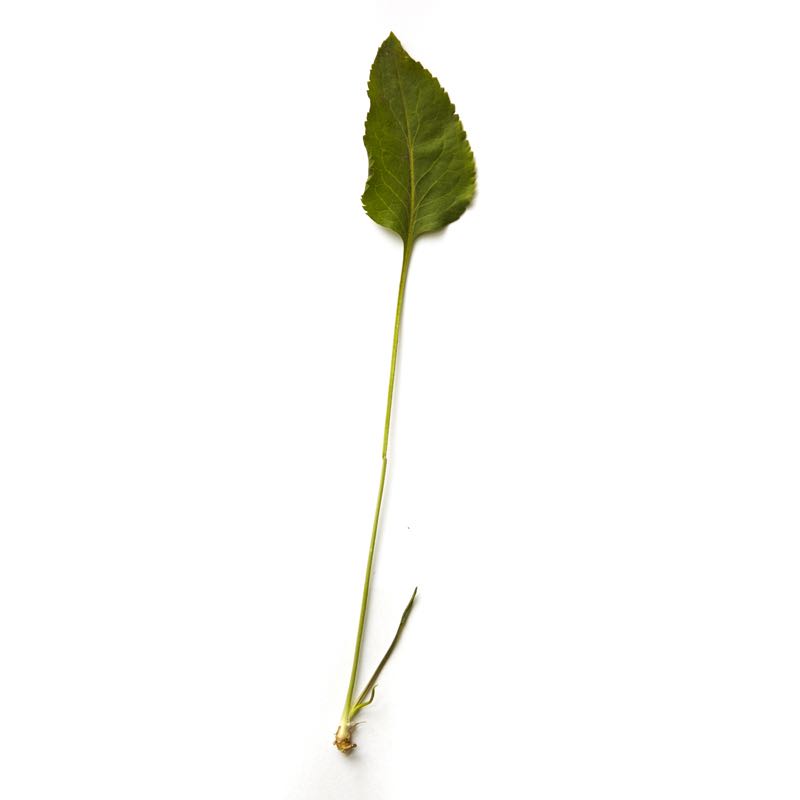
Broadleaf pepperweed
Broadleaf pepperweed bites back. There's a reason they call it the wasabi of Scandinavia—it tastes like the Japanese horseradish that comes with your sushi. Some even think that it goes better with sushi than the Japanese version, because it doesn't overpower the taste buds.
-
Where to Find It
Broadleaf pepperweed can be found along the coast in the southern and eastern parts of Denmark. It's a very hardy plant that can survive out in the water, in full sun, and even in the wind. It needs salty soil to survive, so you'll typically find it on beaches where the decomposing seaweed furnishes nutrients, or further inland where the soil is richer but still salty. You can also find it growing along harbor entrances and in port facilities between the rocks and stones.
Salt marshes, beaches, towns.
-
When to Find It
You can pick broadleaf pepperweed leaves and shoots from May until August. Pick the flowers throughout summer, but the seeds won't be ready until the end of summer.
Leaves, shoots, and flowers: May, June, July, August. -
How to Spot It
Broadleaf pepperweed is a grayish-green herb that can grow up to a meter tall. It has a matte, pale green stem and oblong, oval leaves that taper to a point. The surface of the leaves is glossy and waxy, with small, sharply defined teeth around the edges. It starts the season as a rosette of leaves on the ground but will later sprout a stem, branch out a bit, and reach upright into the air. It develops small, white flowers that grow together in tiny, round clusters at the top of the plant. The seeds are flat and look like pale green bell pepper seeds.
-
How to Pick It
Broadleaf pepperweed should be gathered with a knife or pruning shears to avoid uprooting it. Collect the leaves at the beginning of the season; later you can pick the whole top of the plant with stem, leaves, and all. Feel down the stem to the point where it is no longer soft and flexible, and clip there. The young, bright green parts of the plant taste best.
Seeds: August, September.
Risk of misidentifying the plant
There is no risk of mistaking the plant for another dangerous or undesirable plant.


